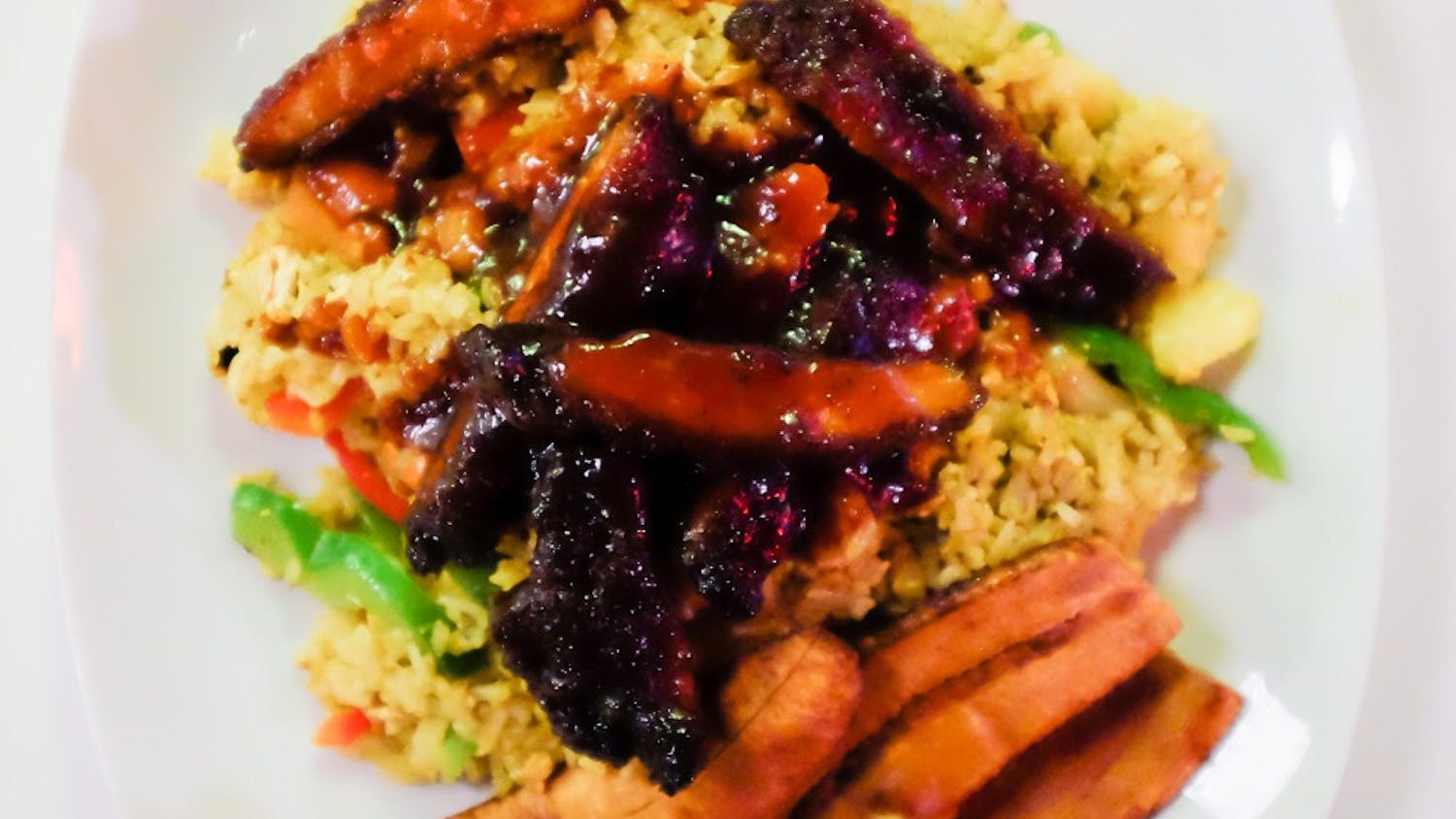Recently, a couple of new restaurants were accused of culturally appropriating Asian food. First, there was Lucky Lee’s, founded by two white restaurateurs: Arielle Haspel, a Manhattan-based health coach and her husband Lee. The concept is Panda Express meets Lilly Pulitzer — over the counter service coupled with blue-jade decor and a logo with chopstick-like font. Lucky Lee’s was branded as “clean” Chinese food that wouldn’t make customers feel “bloated and icky.” Social media backlash was swift and for good reason — Haspel’s choice of promotional words implied that Chinese food is inherently unhealthy and that her restaurant is a solution to this problem. The restaurant and Haspel have since apologized, stating that they now realize that their marketing perpetuated negative stereotypes about the Chinese American community. But the underlying stereotypes about Chinese food — that it is too oily, salty and MSG-laden — remain rooted in the very essence of the restaurant. Despite the apology and modified online advertising, “Feel Great” still appears in large flowy letters over “Chinese Food” on the restaurant’s teal awning. It screams at entering customers that what makes this food special is its objective healthiness compared to regular Chinese food.
The other restaurant that’s received criticism in the press is Gordon Ramsay’s Lucky Cat, which is set to open in London this summer. Ramsay originally advertised the venue as an “authentic Asian” restaurant based on the fact that Lucky Cat’s head chef — who is white — has extensive experience cooking and studying Asian cuisine. But there doesn’t appear to be a single Asian chef at the restaurant.
Both of these new restaurants bring to light the various issues, nuances and complications of appropriating another culture. While I do believe that Haspel and Ramsay appreciate the foods that served as the source of their inspiration, they were culturally insensitive in the way that they advertised their restaurants. I have no qualms about a chef incorporating another culture’s foods into their repertoire, but it cannot be labeled “authentic” if it is in fact a new creation divorced from its original context.
On the flip side, strides have been made in the fine-dining world in terms of Chinese fusion cuisine. Mei Lin’s Nightshade in Los Angeles and Corey Lee’s 3-star Michelin rated Benu in San Francisco have carved out spaces for themselves in the upper echelons. There are no claims of authenticity or claims of Asian ingredients; neither of their websites scream, or even mention, that Asian food is integral to the dishes served. And yet, both are successful. But it’s evident from the menu items that Asian food was the source of their inspiration.
Food can be authentic regardless of who makes it, but chefs and their marketing teams need to be very careful with how they publicly present their restaurants. As recent controversies have shown, “authenticity” itself is a contested term and one that chefs should refuse to employ when it doesn’t apply. Beyond that, we all need to change our perceptions of how we value and perceive different foods as they increase their foothold in the crowded landscape of American cuisine.


